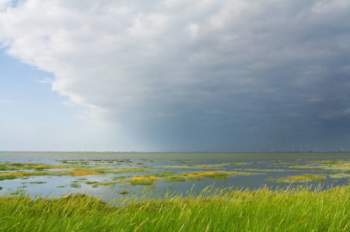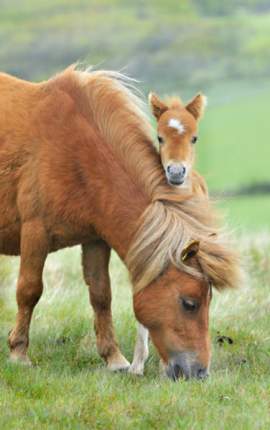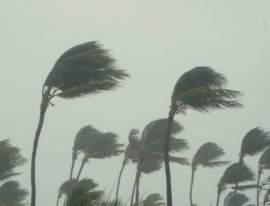
Bark Beetles Have Major Effects on Western US

Popular In Science
Bark Beetles Have Major Effects On Western Us Usda In Preventing World Famine From Spreading Caesarean Section Effects Of Air Pollution On Super Storms Animals Poisoned By World War Ii Toxins Nuclear Waste Voyager Spacecraft At Edge Of Solar System Your Own Dinosaur In Your Home Undiscovered Secrets Of Evolution From A Horse Brave New World Controversial Dna Embrionic Therapy Early Retirements For Chimpanzees Iris Satellite Nasa
A beetle that burrows into the bark of pine trees has begun causing problems not just for the trees themselves, but even for the watersheds and ecosystems around them.
According to research funded in part by the National Science Foundation, an outbreak of the mountain pine beetle, or bark beetle, has been ongoing for years and has now killed millions of total acres of forest. The beetles affect forests ranging from western Canada to the southwestern United States, and as the trees have died off, other changes have followed.
Mudslides are more common after trees die, because root systems no longer hold soil in place, preventing erosion. Wildfires, including major fires in Colorado, have also been made significantly more severe by the beetles. That's because dry, dead wood catches fire much more easily than a living forest, and burns hotter, making the resulting fires harder to fight.
Some scientists speculate that the reason for the beetle's recent proliferation is anthropogenic climate change. According to these biologists, cold winters were the primary way that bark beetle populations were held to a manageable number in the past. As winters have become warmer—with some locations that used to freeze now having no frosty days—the population of beetles has been allowed to grow unchecked.
One species, the lodgepole pine, has been particularly affected by the mountain pine beetle. Today, scientists estimate that 95 percent of mature lodgepole pines have either died already due to bark beetle infestation or are currently infested.
The death of these trees has also impacted water. With fewer trees to shade the snow, less snowpack remains by the time spring comes around, creating less melting water. This, in turn, causes droughts in mountain valleys and changes when spring runoff peaks. Making matters worse, high amounts of dissolved carbon from the rotting trees deteriorate water quality further in regions impacted by the bark beetle.
Bark beetles actually work by infecting trees with a blue fungus that makes the tree turn into material edible by the beetles. In a few years' time, scientists caution that the last lodgepole pines may have become beetle food.
The United States is no stranger to tree loss due to parasitic organisms: in the mid 20th century, American streets changed forever when Dutch elm disease felled most of the nation's elm trees. Dutch elm disease is also caused by a fungus spread into trees by beetles. Only the creation of disease resistant cultivars made it possible for elm trees to continue to grow without disease in the United States and Europe.



















